How to Evaluate Programs Like Zendesk for Customer Support
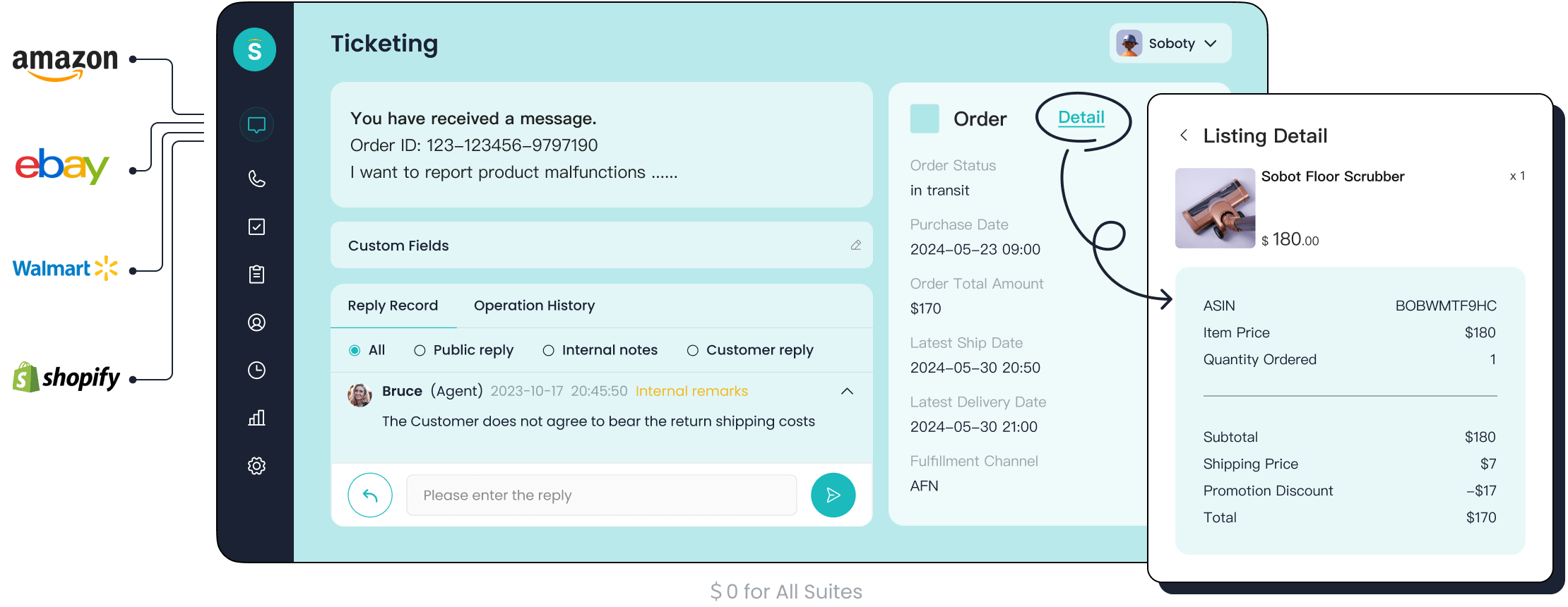
Selecting the right customer support platform shapes your business’s reputation and growth. Programs like Zendesk impact key metrics, such as customer satisfaction, first response time, and churn rates. For example, 83% of consumers say good customer service influences their buying decisions, and half switch brands after one bad experience. Many businesses seek alternatives to programs like Zendesk due to rising costs, limited features, or scalability issues. Solutions like Sobot and Sobot AI deliver unified ticketing, automation, and omnichannel support, helping you achieve higher satisfaction. Real-world examples show how companies boost efficiency and loyalty with modern customer support tools.
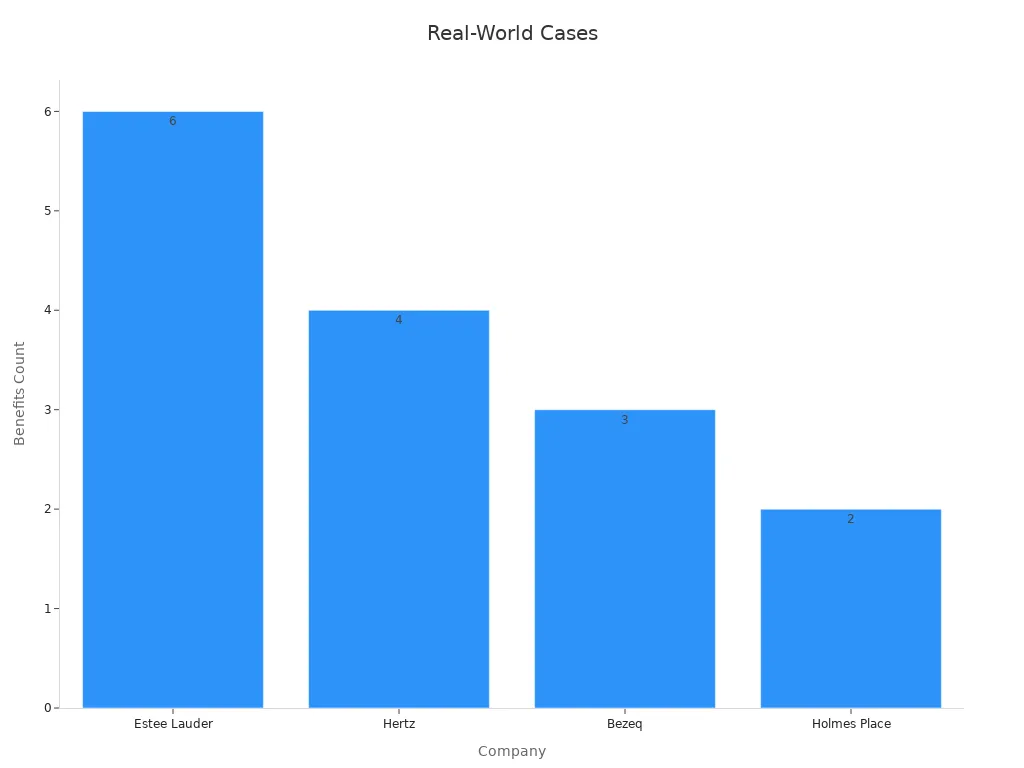
Why Switch from Zendesk
Common Challenges
You may notice that customer support teams often face recurring obstacles when using programs like Zendesk. Many teams struggle with a lack of customer centricity, which can stem from unclear company direction or leadership that does not prioritize customer needs. Over-automation sometimes makes it hard for customers to reach a real person, leading to frustration. Handling angry or uncooperative customers requires empathy and strong communication skills, but agents often lack the right tools or training.
Support teams also deal with high volumes of inquiries, which can quickly become overwhelming. Agents may not have enough product knowledge, making it difficult to resolve issues efficiently. Fragmented customer interaction histories force customers to repeat themselves, which lowers satisfaction. Many platforms do not connect with all the channels your customers prefer, even though 42% of customers say this is a top priority. Without a strong internal knowledge base, agents struggle to find answers. Disconnected workflows and tools create inefficiencies, while unclear escalation processes delay complex ticket resolution. During peak times, ticket backlogs grow, and support hours may not match customer needs across time zones. These challenges highlight the need for a more unified and flexible customer support platform.
Business Needs
As your business grows, your customer support services must adapt. Escalating costs can outpace the value you receive from your current solution. Technical complexity may slow down your team, making it hard to implement key features or customize workflows. Many businesses need better integration with critical tools, more flexible scalability, and modern features like omnichannel support, AI-powered automation, and mobile accessibility.
You may also require cloud-based collaboration tools to support remote work and better cost-effectiveness. Top alternatives to traditional platforms offer improved integration options, including API access and pre-built connectors. Scalability matters, especially when you need to add agents, increase data storage, or handle more users without losing performance. Vendor support quality and ease of use play a big role in your decision. Sobot, for example, delivers key features such as unified ticketing, automation, and seamless integration with platforms like Shopify, making it a strong choice for businesses seeking a modern customer support platform.
Define Customer Support Goals
Setting clear customer support goals helps you deliver consistent, high-quality service. When you define these goals, you align your team’s efforts and measure progress more effectively. Research shows that 77% of business leaders believe personalized support increases retention, and 88% of customers are more likely to repurchase after a positive experience. The table below highlights why clear goals matter for your customer support strategy:
| Statistic Description | Percentage | Source |
|---|---|---|
| Business leaders who say personalized support increases retention | 77% | Zendesk |
| Customers more likely to repurchase after good service | 88% | Salesforce Research |
| Customers who say experience is as important as product | 80% | Salesforce Research |
| Customer service reps prioritizing personalized experience as a top goal | 21% | HubSpot |
| Customer service pros identifying key metrics to track (satisfaction, retention, etc.) | 25% | HubSpot |
| Agents reporting lack of consumer data causes negative experiences | 58% | Zendesk |
| Leaders with centralized data source for customer info | 70% | HubSpot |
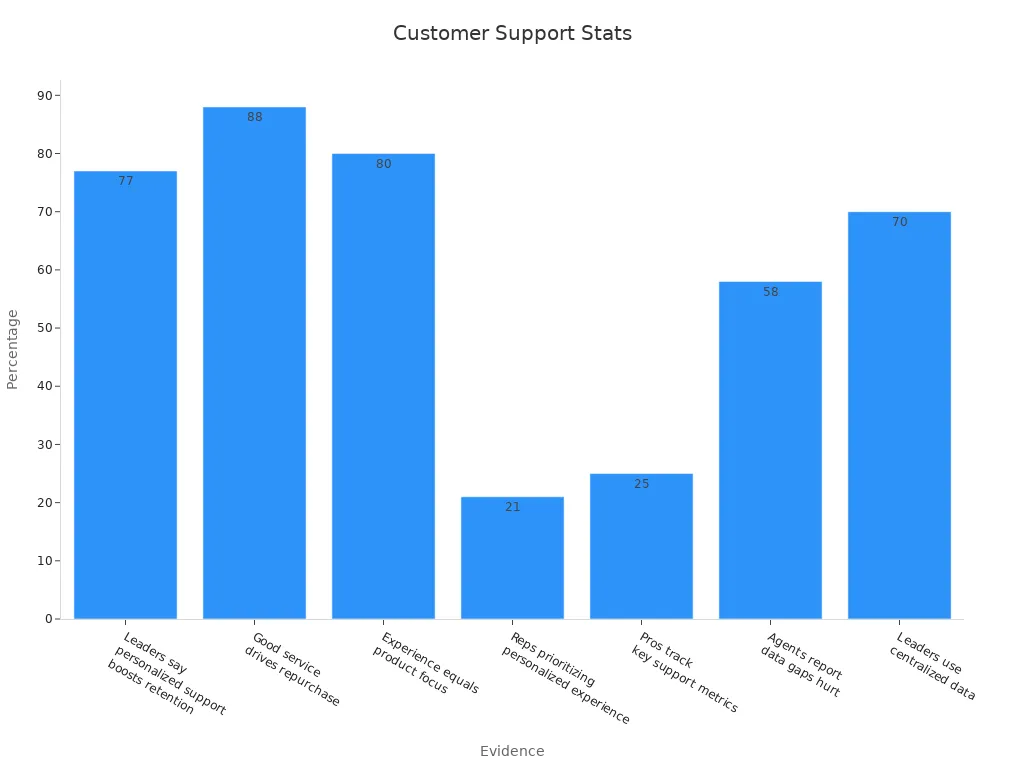
Support Channels
You need to choose support channels that match your customer support needs and customer preferences. Companies using omnichannel strategies see 23 times higher satisfaction and 9.5% annual revenue growth. Customers who interact across multiple channels spend 10% more. The table below shows the impact of using multiple support channels:
| Metric / Trend | Supporting Number / Trend |
|---|---|
| Customer satisfaction in companies with omnichannel strategies | 23 times higher satisfaction |
| Effectiveness of multichannel marketing vs non-integrated campaigns | 3 times higher effectiveness rates |
| Increased spending by customers engaged via omnichannel marketing | 10% more spending |
| Annual revenue growth for strong omnichannel companies | 9.5% year-over-year increase |
| Annual revenue growth for weak omnichannel companies | 3.4% year-over-year increase |
| Year-over-year decrease in cost per contact for strong omnichannel companies | 7.5% decrease |
| Year-over-year decrease in cost per contact for weak omnichannel companies | 0.2% decrease |
Sobot’s omnichannel solution lets you unify email, chat, voice, and social media in one workspace. This approach ensures your team can access every knowledge base and customer interaction, no matter the channel. You can also integrate your knowledge base with platforms like Shopify, making it easier to deliver fast, accurate answers.
Team Requirements
Your team needs the right tools and training to meet customer support goals. Empower your agents with access to a robust knowledge base, AI-powered ticketing, and real-time analytics. Research suggests you should:
- Provide tools and training so agents understand customer history, emotions, and intent.
- Use an omnichannel platform to deliver seamless service across all touchpoints.
- Build detailed customer profiles for personalized responses.
- Foster empathy with conversational intelligence and emotional analysis.
- Offer continuous coaching and eLearning for skill development.
- Collect real-time feedback through live chat, email, and surveys.
- Segment customers and create personas for better service.
- Track key features like Net Promoter Score (NPS) to measure success.
Sobot’s ticketing system supports these needs by centralizing every knowledge base, automating workflows, and offering multilingual support. Your team can quickly find answers, merge tickets, and use categorized templates, all while maintaining high service standards.
Set Your Budget
Setting a clear budget helps you control costs and make smart decisions about your customer support platform. You need to know where your money goes and how it matches your business goals. A budget acts as a roadmap, showing you what to expect and where to adjust if things change. Many companies use statistical budgets to set spending limits before the year starts. These budgets help you compare actual spending with planned amounts, making it easier to spot problems early.
| Budget Item Category | Budgeted Amount | Actual Amount | Variance Amount | Variance Percentage |
|---|---|---|---|---|
| Salaries (fixed) | $1,000,000 | $1,050,000 | $50,000 | 5.0% |
| Wages (variable) | $7,000,000 | $7,250,000 | $250,000 | 3.6% |
| Rent (fixed) | $150,000 | $150,000 | $0 | 0.0% |
| Insurance (fixed) | $120,000 | $135,000 | $15,000 | 12.5% |
| Maintenance (variable) | $2,500,000 | $2,575,000 | $75,000 | 3.0% |
| Utilities (variable) | $100,000 | $118,000 | $18,000 | 18.0% |
| Total | $10,870,000 | $11,278,000 | $408,000 | 3.8% |
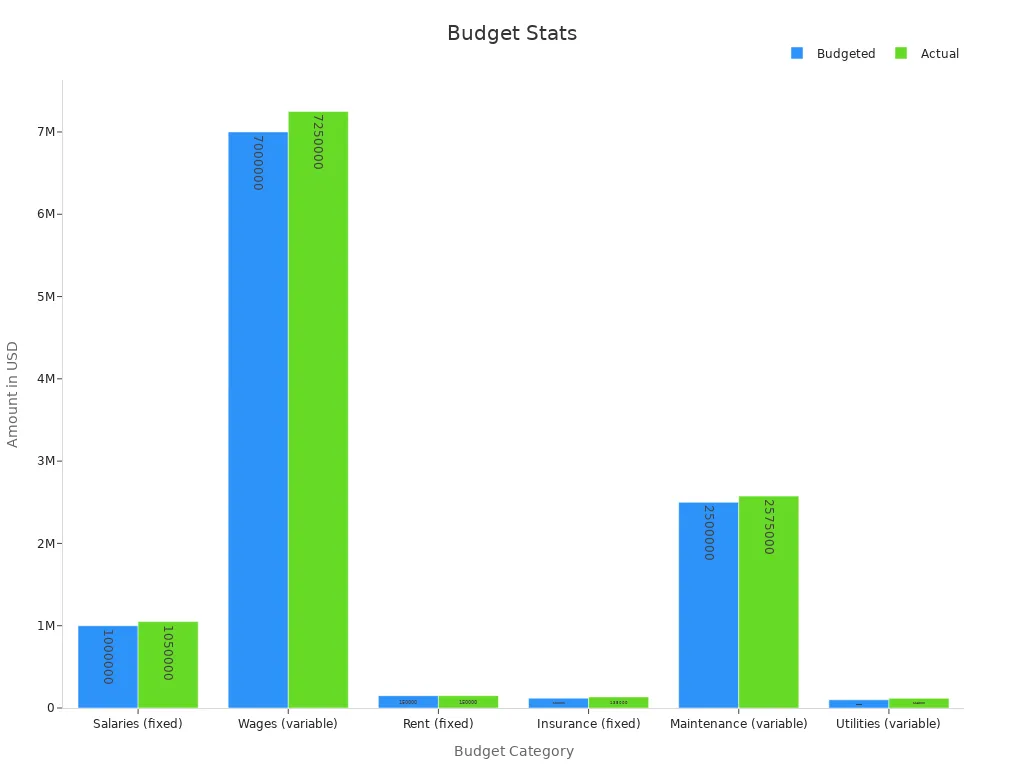
Cost Factors
You must understand what drives your costs before choosing a customer support platform. Direct costs include things like agent salaries and software licenses. Indirect costs cover items such as training, transportation, and system maintenance. Efficient management of these costs can help you achieve affordable pricing and keep your business flexible.
- Identify fixed costs, such as rent and salaries.
- Track variable costs, like overtime or extra support during busy seasons.
- Calculate your break-even point to know your minimum spend.
- Add your desired profit margin.
- Benchmark your costs against industry standards to stay competitive.
Tip: Choosing a cost-effective solution like Sobot can help you manage both fixed and variable costs. Sobot’s unified platform reduces manual work and integrates with your existing tools, saving you time and money.
Value Assessment
Assessing value means looking beyond price. You want a platform that delivers strong solutions, quick responses, and builds trust with your customers. The Customer Value Assessment (CVA) framework helps you focus on four key areas:
- Solutions: Does the platform meet your support needs?
- Responsiveness: How fast can your team help customers?
- Economics: Are you getting a good return on your investment?
- Relationship: Does the platform help you build lasting customer trust?
By using this framework, you can spot gaps in your current setup and invest in areas that matter most. Sobot’s cost-effective solution offers advanced automation, multilingual support, and analytics, helping you deliver better service without overspending. This approach ensures your investment supports both your customers and your bottom line.
Compare Features in Programs Like Zendesk
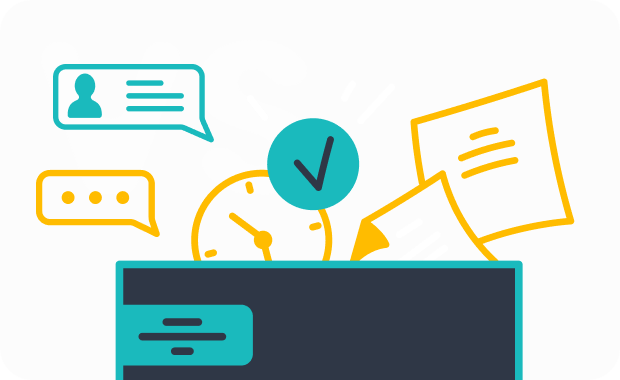
When you evaluate programs like Zendesk, you need to focus on key features that drive efficiency and customer satisfaction. The best help desk solutions offer a mix of ticketing, integrations, automation, and a robust knowledge base. Comparing these elements helps you find the right customer support tool for your business.
Ticketing System Essentials
A strong help desk software must include key features such as unified ticket management, SLA tracking, analytics, and a self-service portal. You want a system that handles high ticket volume, supports multiple channels, and provides a clear knowledge base for agents and customers. Metrics like ticket volume, tickets per customer, and agent utilization rate show how well your customer support platform performs. For example, Sobot’s Ticketing System unifies email, chat, and voicemail, automates ticket routing, and supports multilingual communication. It also offers a self-service portal and a knowledge base, making it easy for customers to find answers on their own. Security and scalability matter, too. Cloud-based help desk software can handle 65% more business processes than on-premise systems, and ticket encryption protects sensitive data.
Tip: Set SMART goals and review your ticketing metrics regularly to improve your customer support.
Integrations
Integrations are key features that connect your help desk software with other business tools. Real-time data synchronization improves accuracy and saves time. When you integrate your knowledge base and self-service portal with platforms like Shopify, you create a single source of truth for your team. Companies with integrations are 92% less likely to lose customers, and 63% invest in integrations to boost retention. Sobot’s Ticketing System supports seamless integration with e-commerce and CRM platforms, helping you manage all customer interactions in one place. This unified approach increases insights and supports your customer support goals.
| Integration Benefit | Impact on Business |
|---|---|
| Reduced churn | 92% less likely to churn |
| Higher retention | Up to 36% improvement |
| Increased upsells and renewals | 35% more expansions |
Automation
Automation is one of the most important key features in modern help desk software. You can resolve over 60% of routine inquiries automatically and enable 85% of customers to solve issues through a self-service portal. Automation reduces average handle time by 56%, freeing your agents to focus on complex cases. Sobot’s Ticketing System uses AI-powered ticketing, smart notifications, and customizable workflows to streamline your customer support process. You can set up automated responses, reminders, and ticket prioritization. This ensures fast, accurate service and a better experience for both agents and customers.
Note: A knowledge base and self-service portal, combined with automation, empower your customers and reduce support costs.
Evaluate Usability
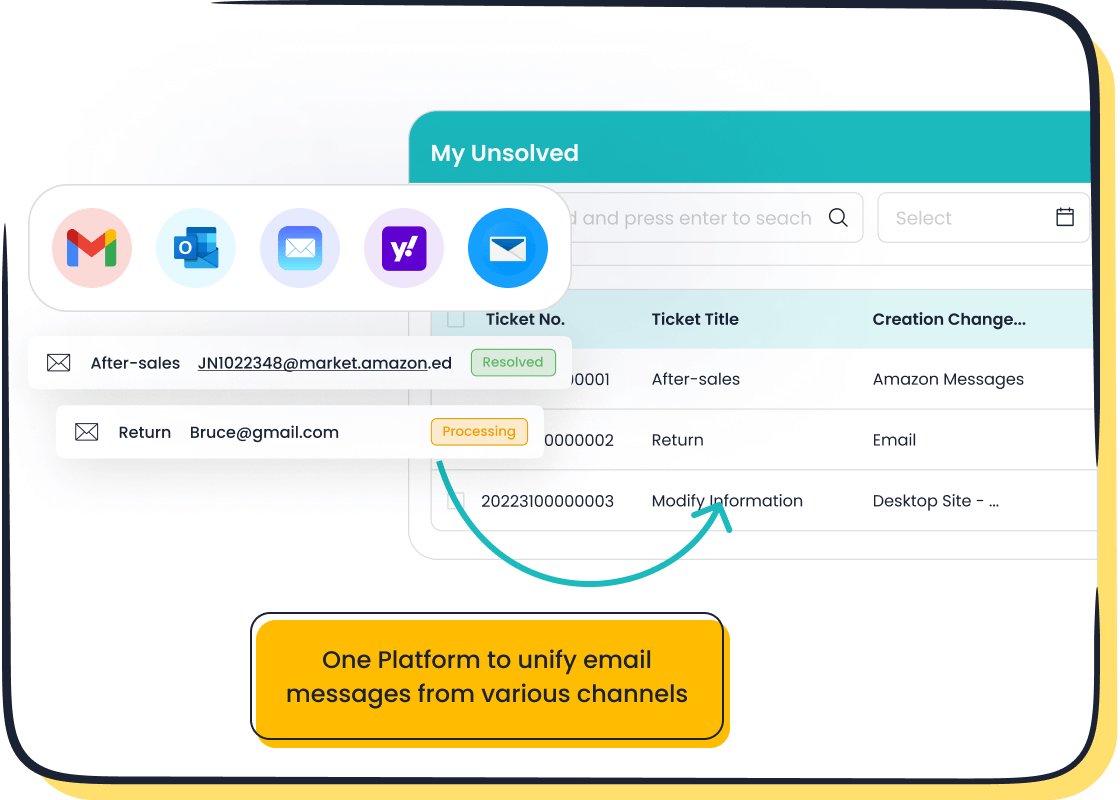
User Experience
You want your customer support platform to feel intuitive and easy to use. Usability evaluation focuses on three core metrics: effectiveness, efficiency, and satisfaction. Effectiveness measures how well users complete tasks, often tracked by success rate, error rate, and task time. Efficiency looks at how quickly and easily users finish tasks, including how fast they find answers in the knowledge base. Satisfaction comes from user surveys and feedback, showing how comfortable people feel using the system.
- 88% of users are less likely to return after a bad user experience.
- 80% of people will pay more for a better user experience.
- 94% say easy navigation is the most important website feature.
- 83% want a seamless experience across devices.
A well-designed knowledge base helps users solve problems quickly, boosting customer satisfaction. Sobot’s platform provides a unified knowledge base, making it easy for agents and customers to find information. You can access articles, FAQs, and ticket histories in one place, which reduces frustration and increases efficiency. When your knowledge base is easy to search, you see higher success rates and fewer errors. This leads to better customer support outcomes and higher customer satisfaction.
Tip: Regularly update your knowledge base to keep information accurate and relevant.
Team Adoption
Team adoption plays a key role in the success of any customer support system. When your team embraces new tools, you see faster onboarding, better data accuracy, and improved productivity. Low adoption leads to wasted investment, more manual work, and lower morale. High adoption means your team uses the knowledge base daily, shares insights, and follows best practices.
| Metric | Description | Significance |
|---|---|---|
| Logins and Active Users | Tracks daily or weekly engagement | Shows system adoption |
| Feature Utilization | Measures which features are used most | Guides training and development |
| Session Duration | Time spent in the system per session | Indicates engagement and value |
| Product Adoption Rate | Speed of full technology embrace | Reflects onboarding effectiveness |
| Usage Frequency | How often users access the knowledge base | Reveals integration into daily routines |
Sobot’s customer support solutions encourage team adoption with an easy-to-use interface and a centralized knowledge base. You can track usage, identify training needs, and ensure everyone benefits from the system. When your team relies on the knowledge base, you improve customer satisfaction and streamline support operations.
Assess Vendor Support
Service Quality
When you evaluate customer support platforms, you need to look closely at the quality of vendor service. High service quality ensures your team can deliver consistent customer support and maintain customer satisfaction. You can measure service quality using several dimensions:
| Dimension | Description | Measurement Methodology |
|---|---|---|
| Reliability | Consistent, on-time delivery of promised services. | Track SLA adherence and completion rates. |
| Responsiveness | Fast replies to customer requests and communications. | Measure response times and wait times. |
| Assurance | Vendor expertise and ability to build your confidence. | Review certifications and visible competencies. |
| Empathy | Care and understanding shown to your team and customers. | Assess customer perceptions and agent training. |
| Tangibles | Professional appearance of tools and environment. | Gather feedback on system usability and workspace design. |
You can also use vendor scorecards to track on-time delivery, product quality, and client satisfaction. Sobot, for example, maintains a 99.99% system stability rate and provides ongoing training and support. This commitment helps you keep your customer support services running smoothly and ensures your team always has access to expert help.
Tip: Use structured surveys and feedback tools to monitor service quality and drive continuous improvement.
Reliability
Reliability is critical when you choose a customer support platform. You want a vendor that delivers consistent uptime, fast problem resolution, and dependable performance. Modern reliability analysis uses big data and advanced statistical methods to predict and improve system stability. For example, Bayesian analysis and simulation-based methods help vendors like Sobot maintain high reliability and reduce downtime.
You should look for these reliability indicators:
- High SLA compliance and uptime percentages.
- Fast response and resolution rates.
- Effective communication and problem-solving.
- Strong contract renewal rates and adherence to delivery schedules.
Sobot supports over 6 million online communications and 3 million phone calls daily, demonstrating robust reliability for businesses of all sizes. Reliable platforms help you avoid costly disruptions and keep your customer support running at peak performance, which leads to higher customer satisfaction.
Test and Review Options
Demos and Trials
You need to see how a customer support platform works before making a decision. Most leading solutions, including Sobot, offer free trials or live demos. These options let you explore features like unified ticketing, automation, and omnichannel support in real time. When you try Sobot’s Ticketing System, you can test how it manages tickets from email, chat, and voice channels in one place. This hands-on experience helps you check if the system fits your workflow and team needs.
Demo-to-trial conversion rates show how effective demos are. For example, a 30% conversion rate from demo to trial is considered good, while 50% or higher is excellent. Companies that focus on demo quality often see a 40% improvement in conversion rates and more closed deals. These numbers highlight the value of trying before buying. You can use Sobot’s free trial to measure how well the platform supports your customer support goals.
Tip: Track metrics like automation coverage, cycle time, and stakeholder satisfaction during your trial. These KPIs help you spot strengths and areas for improvement.
Real User Feedback
Listening to real users gives you a clear picture of how a customer support platform performs. Many buyers check customer reviews before making a choice. In fact, 41% of B2B customers read reviews to guide their decisions. High customer satisfaction scores, such as Net Promoter Score (NPS) and Customer Satisfaction Score (CSAT), show how well a platform meets user needs.
| Feedback Metric | What It Shows |
|---|---|
| Customer Ratings | Overall satisfaction with the platform |
| NPS | Likelihood users recommend the solution |
| CSAT | Direct measure of user happiness |
| Retention Rate | How many customers keep using the platform |
You can also learn from real-world stories. For example, Opay used Sobot’s omnichannel solution to boost customer satisfaction from 60% to 90% and cut costs by 20%. Their experience shows how the right platform can transform your customer support operations. Always look for feedback and case studies to guide your decision.
Make Your Decision
Comparison Matrix
A structured comparison matrix helps you evaluate programs like Zendesk with clarity and confidence. Decision-making frameworks such as the Decision Matrix and CSD Matrix use weighted scoring and clear criteria to reduce bias and highlight differences. You can see how each solution performs on key features, making your choice more objective. Below is a sample matrix comparing essential features in programs like Zendesk, including Sobot’s Ticketing System:
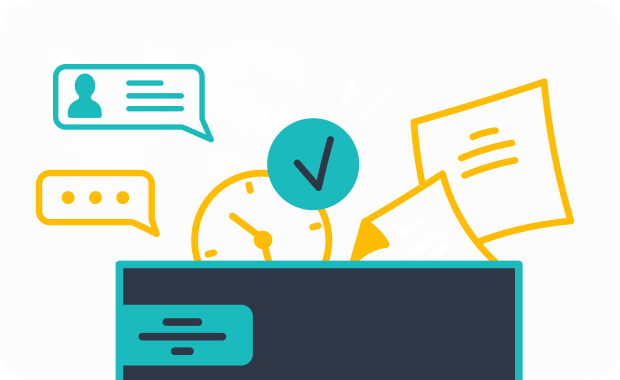
| Feature | Sobot Ticketing System | Typical Programs Like Zendesk |
|---|---|---|
| Unified Omnichannel Support | ✅ | ✅ |
| AI-Powered Ticketing | ✅ | ⚠️ |
| SLA Management | ✅ | ✅ |
| Multilingual Support | ✅ | ⚠️ |
| Shopify Integration | ✅ | ⚠️ |
| Trusted Analytics | ✅ | ✅ |
| Smart Notifications | ✅ | ⚠️ |
| Ease of Use | ✅ | ⚠️ |
A comparison matrix like this uses visual cues and weighted scoring to help you quickly spot strengths and weaknesses. This approach, used in many case studies and industry reports, ensures you make a well-informed decision when evaluating programs like Zendesk.
Implementation Plan
A smooth rollout of your new customer support platform depends on a clear implementation plan. Organizations that invest in planning achieve up to 30% faster deployments and higher user satisfaction. Follow these steps for a successful transition to programs like Zendesk or Sobot:
- Form a team of power users to identify needs and potential challenges.
- Set clear objectives and define success metrics for your rollout.
- Develop a detailed timeline that includes testing, training, and phased deployment.
- Create a comprehensive training plan with role-based and multi-modal learning.
- Communicate updates and gather feedback from all stakeholders.
- Monitor adoption rates, productivity, and error reduction after launch.
- Prepare a support system for ongoing questions and continuous improvement.
Careful planning, stakeholder engagement, and ongoing support help you maximize the value of programs like Zendesk. Sobot’s onboarding resources and dedicated support team can guide you through each step, ensuring a seamless transition for your business.
A structured evaluation process helps you choose programs like Zendesk with confidence. You can:
- Compare features and costs step by step.
- Test real-world results with demos and user feedback.
- Focus on solutions that boost customer satisfaction and efficiency.
Sobot’s Ticketing System offers unified channels, automation, and analytics trusted by brands worldwide. You can explore these benefits and request a demo to see how Sobot supports your customer support goals. A clear process leads to better decisions and stronger results for your business.
FAQ
What should you look for when comparing programs like Zendesk?
You should focus on unified ticketing, automation, omnichannel support, and integration options. Programs like Zendesk often differ in ease of use, analytics, and multilingual support. Sobot’s Ticketing System offers all these features, helping you deliver efficient customer support.
How do programs like Zendesk help reduce support costs?
Programs like Zendesk use automation and self-service portals to handle routine questions. This reduces manual work for your team. Sobot’s Ticketing System automates ticket routing and responses, which can lower operational costs by up to 20% based on real-world results.
Can programs like Zendesk integrate with e-commerce platforms?
Yes, many programs like Zendesk support integration with e-commerce platforms. Sobot’s Ticketing System connects with Shopify and other platforms, allowing you to manage customer inquiries and orders in one place. This integration improves workflow and customer satisfaction.
Why is omnichannel support important in programs like Zendesk?
Omnichannel support lets you manage customer conversations across email, chat, voice, and social media. Programs like Zendesk and Sobot unify these channels, so your team never misses a message. Companies using omnichannel strategies see up to 23 times higher customer satisfaction (source).
How does Sobot compare to other programs like Zendesk?
Sobot stands out among programs like Zendesk with AI-powered ticketing, smart notifications, and multilingual support. Trusted by brands like Opay and Samsung, Sobot’s Ticketing System delivers 99.99% uptime and seamless integration, making it a reliable choice for global businesses.
See Also
Best Customer Support Software Solutions To Use In 2024
Comparing The Leading Voice Of Customer Software Options
Essential Tips For Selecting Social Media Support Software
